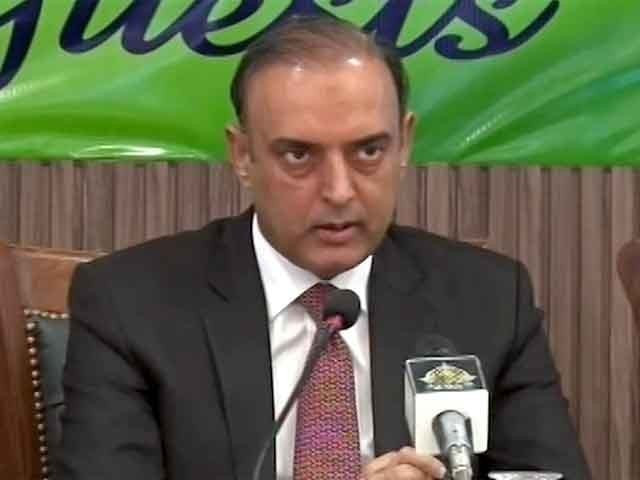KARACHI:
The central bank on Monday announced that the key policy rate – the cost of banks’ lending – would remain unchanged at 22 per cent.
Notably, in its first meeting after a new loan programme by the IMF, the SBP was scheduled to review its key policy rate today. It was to assess whether it remains appropriate at the current historically high level of 22% to curb inflation and support economic growth or if the rate requires further hikes.
Speaking to the media, State Bank of Pakistan (SBP) Governor Jameel Ahmad clarified that the rate was being maintained due to the drop in inflation reading in June as compared to the six-decade high of 38% in May earlier this year.
Read SBP jacks up policy rate by 100bps to 22%
The central bank governor said that the inflation rate in the coming fiscal year (FY 2024-2025) is expected to be in a range of 20-22%.
He also revealed that economic growth is projected in the range of 2 to 3 per cent in FY2024-2025.
“In the first half of FY2024, inflation would reduce gradually,” he said adding that by the second half of the fiscal year, “it would reduce rapidly”.
It may be mentioned here that Pakistan’s Consumer Price Index (CPI) inflation growth rate is anticipated to slow down modestly on a year-on-year (YoY) basis, reaching a low recorded in December 2022.
A report by research house AHL suggests that at the start of fiscal year 2024, there is an expectation of witnessing a decline in headline inflation on a YoY basis, marking a low point since December 2022 when it was recorded at 24.5% YoY.
“We expect inflation to clock in at 26.4% during July 2023 against 24.9% YoY recorded in the same period last year and a decline from 29.4% YoY registered in the previous month,” AHL’s analyst Sana Tawfik noted.
Monthly inflationary pressures are likely to persist in July 2023, with an expected MoM increase of 1.9%. Notably, the recent power tariff hike is expected to have a significant impact on the monthly inflation rate.
In July 2023, core inflation is expected to experience a slight uptick, reaching 21.2% on a YoY basis.
Looking forward, the main risks to overall inflation are expected to be driven by high food and energy prices, potential impacts of budgetary measures, and the vulnerability of a weaker currency.







